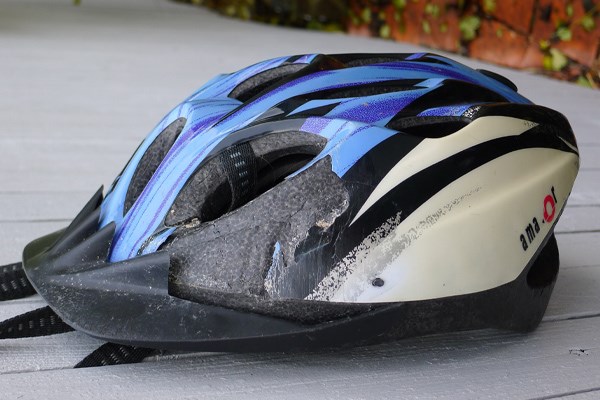Wearing a road helmet while cycling is the best way to maximise your safety. All our road helmets meet the minimum EU safety standard (CE EN1078). What you pay for is aerodynamics, reduced weight, more vents and enhanced safety features such as MIPS.
Features to Look For
Shell
Most bike helmets are built with an outer plastic shell, bonded to polystyrene inner. It’s this inner which absorbs the energy from an impact. The plastic outer layer stops small bumps and scratches from damaging the inner, and it also stops the polystyrene degrading from UV rays.
Road helmets are designed to be as lightweight and aerodynamic as possible with plenty of venting to keep you cool.
Performance road cycling helmets are more aerodynamic to reduce drag as you ride. High-end models often go through some form of wind-tunnel testing for efficiency. Time Trial helmets may taper like a tear drop at the back to help wind slip around the lid and out the back.
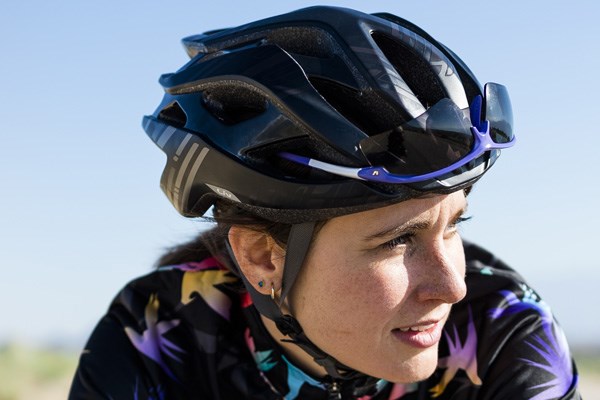
Core
Bike helmets are constructed of Expanded Polystyrene (EPS) which is a great material for absorbing impacts, whilst being lightweight.
Nowadays almost all helmets use in-mould technology where the shell and EPS core are moulded together, allowing for more intricate shaping for vents and aero designs. It also stops the shell separating from the core. Crucially in-mould lids improve impact forces transferring to the foam core.
Consider foam density when making your choice. Helmets with single density foam will deform more in a collision than those with multi-density foam, which offer more impact protection.
A brand-new material called Koroyd is coming onto the market and offers enhanced protection with a lighter weight. Thermally welded tubes form a honeycomb structure which can absorb 30% more energy than a similar cycling helmet made from polystyrene. Koroyd also enhances ventilation as all those hollow tubes allow heat to escape.
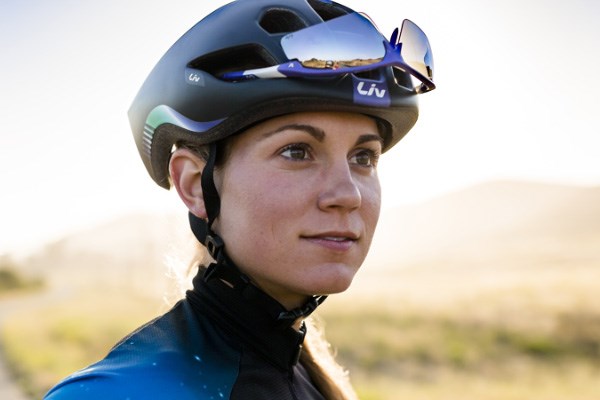
MIPS
A Multi-directional Impact Protection System (MIPS) is fitted between the helmet core and your head. MIPS helmets feature a low-friction layer inside a bike helmet that allows a multi-directional movement of 10-15mm on certain angled impacts. This is intended to reduce rotational force to the head to further protect you from injury.
MIPS is the original slip-plane technology, designed to reduce the rotational forces that result from certain impacts, but there are other systems as well. All these systems are integrated into the fit system, of the helmet, usually between the padding and the EPS foam protective layer. MIPS safety systems are found on road helmets at many different price points.
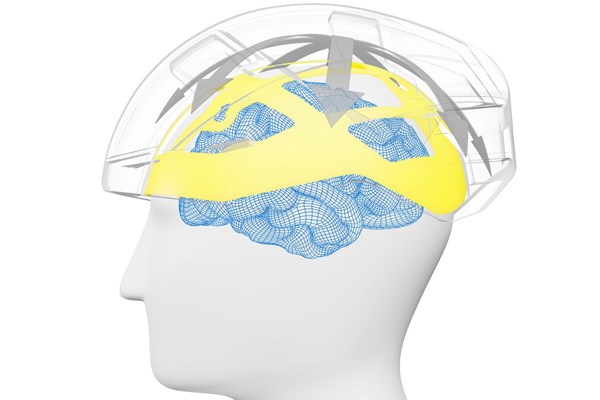
Crash Sensors
Sensors like the Specialized ANGi system automatically call for help when you have a crash. Crash sensors attach to your helmet, and some are supplied with them ready fitted. When the sensor detects forces consistent with a crash, it sends an alert to your smartphone which starts a countdown. If you’re hurt and unable to stop the countdown the app automatically sends a message with your location to your designated emergency contacts. You can even allow your contacts to follow your ride in real-time. A great feature for everyone’s peace of mind.
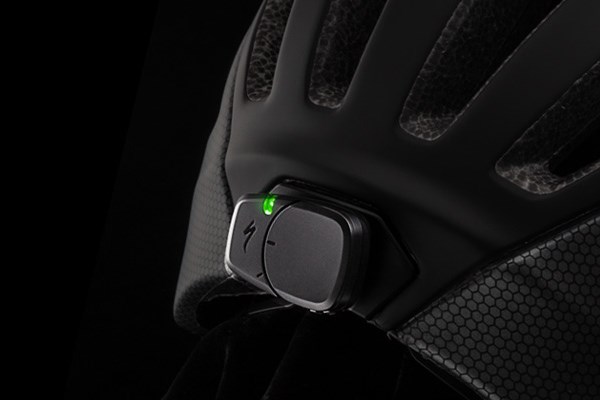
Fit & Straps
Fit is a key part of safety and comfort. All road helmets feature an adjustable fit system that ensures the helmet stays securely attached to your head.
There are a few variations, but the theme is generally the same, a retention system pulls the inside liner webbing together to cradle your head. Many helmets will come with a ratchet dial on the rear that you can adjust. Look for a dial system that can be used easily with one hand, so you don’t have to stop cycling to adjust the fit. Premium lids will also come with height adjustment, offering a better fit for all head shapes.
Chin straps are the to keep your helmet in place, even if you have a fall. These are usually fully adjustable on all helmets.
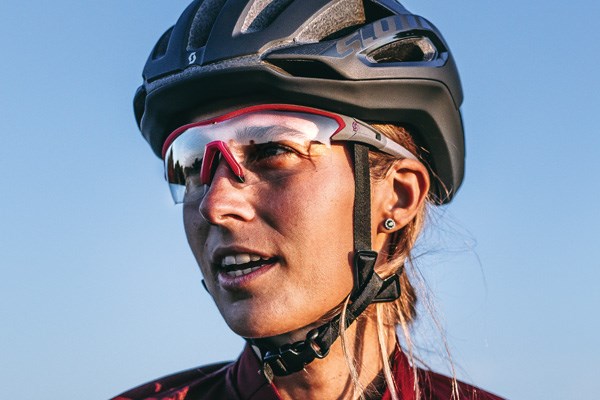
Liner Padding
Liner padding is essential for comfort while wearing your helmet. It is the part of the helmet that directly contacts your head. If you’re a regular rider then you’ll want quick drying, hydrophilic and anti-microbial padding to help reduce odour. Removable padding is great for a deep clean.
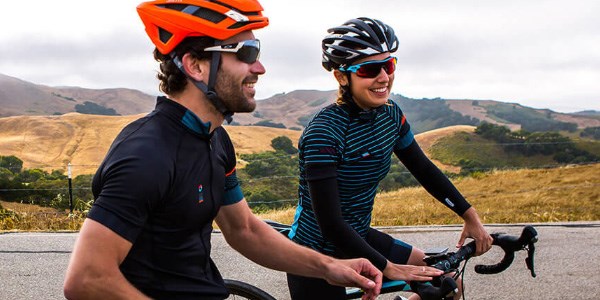
Ventilation
When choosing a road cycling helmet, ventilation is key for comfort and it will be a big factor in the cost of the lid you choose. The general rule of thumb is the more expensive a road helmet is, the more advanced the ventilation will be, and the more vents you’ll get.
More sophisticated venting systems link deep vent channels from the front through to the rear of the helmet. These channels work to pull cooling air over your head and out through the exhaust ports.
Aero road helmets will limit the use of vents to create a clean, slippery profile to help reduce drag. You can even find helmets with vents you can snap shut if you need an aero boost, or open for breathability. You’ll find that TT lids will have no vents at all because of aerodynamics.
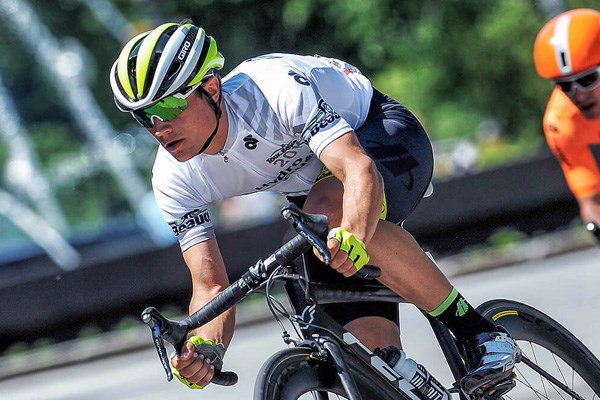
Weight
Wearing a heavy helmet on a long cycle ride is uncomfortable. When it comes to road helmets, the more you spend, the lighter it will be. Helmets can range anywhere from 190g at the premium end of the market to over 600g for entry level models.

Sizing
It is important to get a helmet that fits correctly. Simply measure the circumference of your head and match it to the helmet size. Do this by placing a tape measure on the centre of your forehead and wrap it around your head above the ears. See our clothing size guide for more details.
When should I replace my bike helmet?
Should I change it after time?
Many helmet manufacturers recommend changing your bike helmet every three years even with no impacts. This is because there is a constant knocking and pressing of the EPS core as it is used, stored, dropped, or placed on hard surfaces. Over time these tiny impacts will cause the EPS to lose volume so it will be less able to absorb energy if you have a big crash.

However, if you look after your helmet, for example by storing it in a padded bag instead of throwing it in the back of the car to bounce around with your shopping, then it will continue to offer good protection for longer. A bike helmets EPS core doesn’t automatically degrade over time, but you do need to look after it.
To avoid damage to your helmet it is best to store it in a cool dry place. Avoid solvents and extreme changes in temperature and don’t drop it or throw it around. Even very small amounts of damage can seriously affect the performance of a helmet. If you can see any damage at all on your helmet then you should replace it.
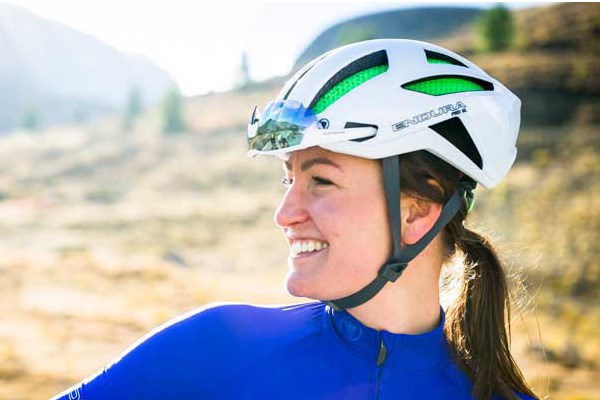
Should I change it after a crash?
If you hit your head in a crash, then the helmet should be replaced. The EPS core is designed for one-time use and if it is crushed it won’t give you the proper protection you need next time around. Even if the helmet looks fine, it may still be damaged. Small cracks in the EPS core may be hidden by the outer shell. These could cause the helmet to come apart if you hit it again in the same spot.
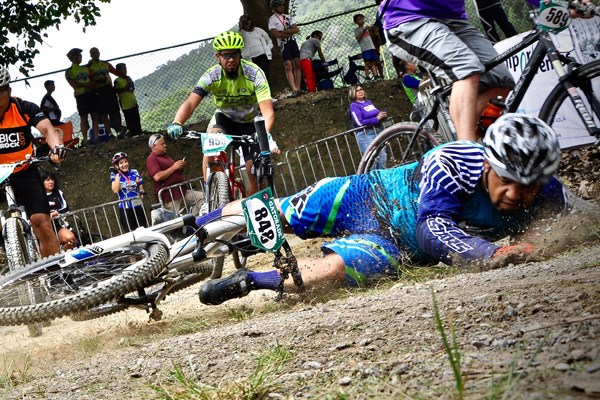
Fortunately, most helmet manufacturers offer a crash replacement policy so you can get a new helmet at a discount if you damage one in a crash. These policies vary from brand to brand, but most will give you a half-price helmet to replace one bought within the last couple of years. Check the specific brand's website for details on their policy.
